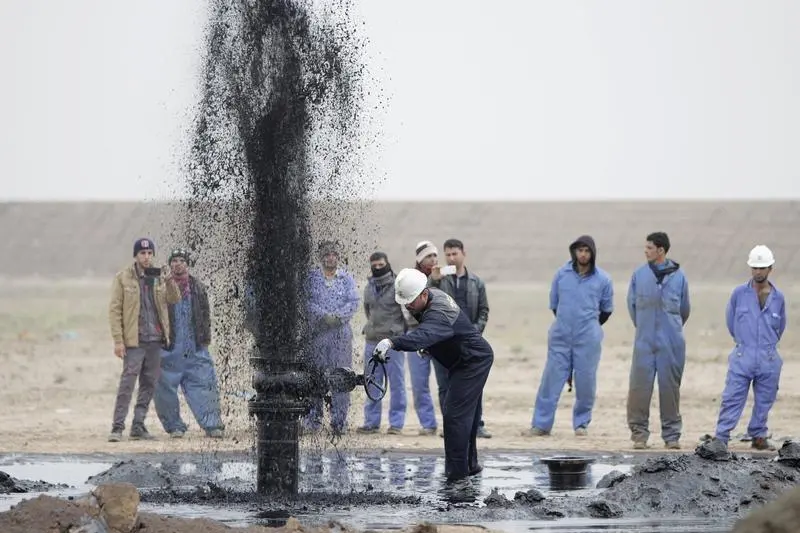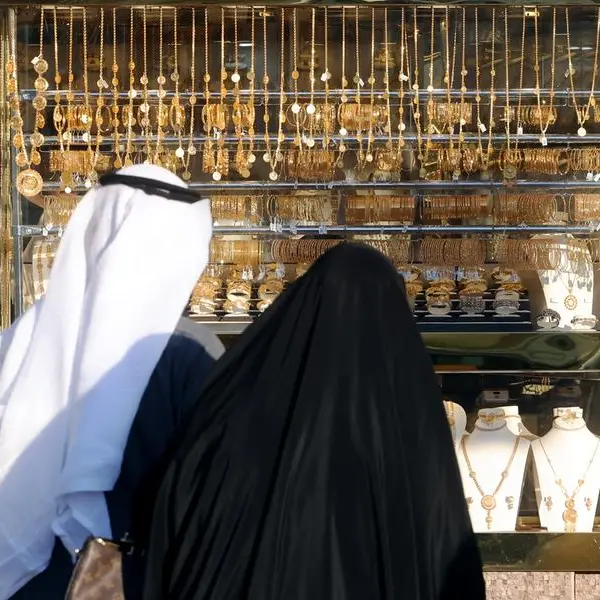PHOTO
Portfolio investors last week repurchased some of the petroleum they had sold the week before after Saudi Arabia and its OPEC+ allies stressed any future production increases would be contingent on market conditions.
Hedge funds and other money managers purchased the equivalent of 80 million barrels in the six most important petroleum futures and options contracts over the seven days ending on June 11.
Purchases reversed about 40% of the 194 million barrels sold the week before after OPEC+ surprised investors by announcing plans to start increasing production from the start of October.
In the most recent week, the buying wave was led by crude (+68 million barrels), spread between NYMEX and ICE WTI (+42 million) and Brent (+26 million), reversing some of the heavy sales a week earlier.
There was some significant buying in European gas oil (+17 million barrels) but no change in U.S. gasoline and further sales in U.S. diesel (-5 million).
Chartbook: Oil and gas positions
Post-meeting briefings to selected media and analysts dispelled fears OPEC+ would flood the market with extra barrels from the fourth quarter of 2024.
The result was that prices rebounded to pre-meeting levels while positions were somewhat but not completely restored.
Even after the round-trip, however, fund positions remain very bearish for all parts of the petroleum complex with the partial exception of European gas oil.
The combined position across all six contracts of 288 million barrels was in only the 6th percentile for all weeks since 2013. Bullish long positions outnumbered bearish short ones by a ratio of just 1.96:1 (11th percentile).
Positions across the complex were uniformly bearish (25-49th percentiles) or very bearish (24th percentile and below) showing very little confidence among investors prices will rise later this year.
The enormous overhang of spare capacity held by OPEC+ members as well as continued production growth from the United States, Canada, Brazil and Guyana are expected to limit price increases in crude.
On the fuel side, inventories of both gasoline and diesel have been rising relative to the seasonal trend in the United States, and consumption growth for fuels remains tepid across North America, Europe and China.
U.S. NATURAL GAS
Investors became more bullish about the outlook for gas prices in the United States despite the limited progress made so far in depleting the enormous inventories carried over from the mild winter of 2023/24.
Hedge funds and other money managers purchased the equivalent of 332 billion cubic feet (bcf) in the two major futures and options contracts linked to prices at Henry Hub in Louisiana over the seven days ending on June 11.
Fund managers have been net purchasers in six of the last eight weeks buying a total of 1,607 bcf since April 16, according to records filed with the U.S. Commodity Futures Trading Commission.
Funds have raised their position to a net long of 1,123 bcf, in the 59th percentile for all weeks since 2010, from a net short position of 483 bcf on April 16, in only the 19th percentile.
As a result, the hedge fund community had built the most bullish position in gas for more than a year since April 2023.
Increased bullishness has come even though inventories remain well above normal for the time of year and show only limited if any normalisation.
Stocks were 605 bcf (+26% or +1.47 standard deviations) above the prior ten-year seasonal average on June 7. The surplus had narrowed only slightly from 662 bcf (+40% or +1.47 standard deviations) on March 15.
But investors are betting drilling and production cuts announced in February will eventually eliminate the surplus, with summer heatwaves, increased gas-fired generation, and faster LNG exports accelerating the process.
John Kemp is a Reuters market analyst. The views expressed are his own.























